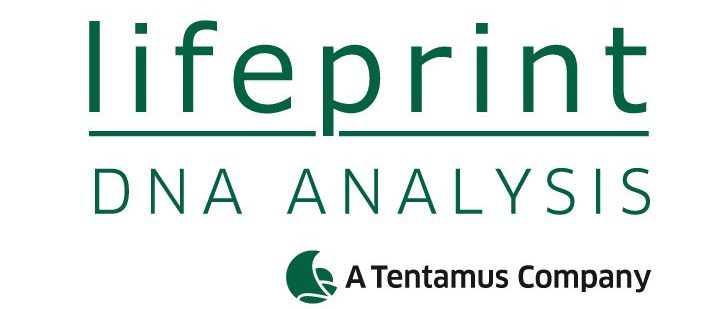Authenticity tests
- Specific tests for plants, animal species and virus
- Identification of animal species by use of seuqencing
- Identification of animal species by use of Next-Generation-Sequencing (NGS)
- Animal determination „Horse“
- (CMS)
Specific identification of plants, animal species or microorganisms.
It can be very improtant to your business to test goods for the presence or absence of specific constituents in order to ensure certain product features. We are happy to support you in carrying out analytical tests.
Plants: You receive specific analysis reports which will show you whether your goods contained certain plant species, for instance, rape seed in mustard, soya in supposedly soya-free goods.
Such information is important in order to detect contaminations along the logistics chain or during the production process, or to control the efficiency of cleaning procedures, for example.
Animal species: Under certain circumstances, it may be necessary to provide proof for the absence of certain animal constituents, e.g. EU-Directives regulating that certain animal constituents are banned from use in animal feed, or religious rules forbid the use of defined animal components in food products or animal feed.
Microorganisms: Our test systems are DNA-based and detect different types of bacteria, viruses, fungi or beer pathogens.
Sequencing: The use of sequencing does not only allow to identify a known vertebrate species, but also to determine if and which further unknown species is part of the sample that potentially differ from the declaration. The application of the method is limited to mono products. After DNA extraction at least two different mitochondrial gene sequences are amplified. After purification and preparation the DNA sequence is identified by a subcontractor lab. The species is finally determined by correlation with sequences in DNA databases.
NGS: The use of Next-Generation-Sequencing does not only allow to identify a known vertebrate species in compound products (e.g. fish meals, animal meals), but also to determine if and which further unknown species is part of the sample that potentially differ from the declaration. The application of the method is applicable for mixed products. The result of the analysis is the identification of the vertebrate species (e.g. fish, poultry, mammals) with the highest amounts of DNA in the sample. The limit of detection is of about 1 to 10% but depends on vertebrate species and tissue type.
Horse: There have been media reports of finds of horse meat in foodstuffs. In the framework of customer protection this is more about the deception of customers due to wrong labelling of ingredients than about health risks.
Do you want to test the labelling of your products?
We can offer you the identification of horse meat via PCR. Our test certificates are recognised internationally and are exportable
